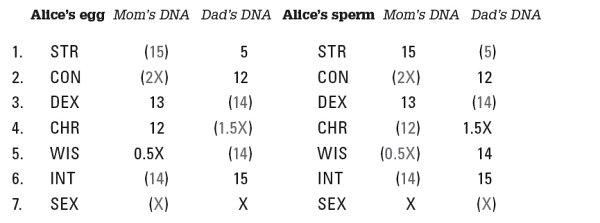What If? (26 page)
Authors: Randall Munroe

As x grows, this amount gets very large.
Th
e upshot is that to overcome Earth’s gravity using traditional rocket fuels, a 1-ton craft needs
20 to 50 tons of fuel. Launching all of humanity (total weight: around 400 million tons) would therefore take tens of trillions of tons of fuel.
Th
at’s a lot; if we were using hydrocarbon-based fuels, it would represent a decent chunk of the world’s remaining oil reserves. And that’s not even worrying about the weight of the ship itself, food, water, or our pets.
1
We’d also need fuel to produce
all these ships, to transport people to the launch sites, and so forth. It’s not necessarily completely impossible, but it’s certainly outside the realm of plausibility.
But rockets aren’t our only option. As crazy as it sounds, we might be better off trying to (1) literally climb into space on a rope, or (2) blow ourselves off the planet with nuclear weapons.
Th
ese are actually serious
—
if
audacious
—
ideas for launch systems, both of which have been bouncing around since the start of the Space Age.

Th
e first approach is the “space elevator” concept, a favorite of science fiction authors.
Th
e idea is that we connect a tether to a satellite orbiting far enough out that the tether is held taut by centrifugal force.
Th
en we can send climbers up the rope using ordinary electricity and motors, powered by solar power, nuclear generators, or whatever works best.
Th
e biggest engineering
hurdle is that the tether would have to be several times stronger than anything we can currently build.
Th
ere are hopes that carbon nanotube-based materials could provide the required strength
—
adding this to the long list of engineering problems that can be waved away by tacking on the prefix “nano-.”
Th
e second approach is nuclear pulse propulsion, a surprisingly plausible method for getting
huge amounts of material moving really fast.
Th
e basic idea is that you toss a nuclear bomb behind you and ride the shockwave. You’d think the spacecraft would be vaporized, but it turns out that if it has a well-designed shield, the blast would fling away before it has a chance to disintegrate. If it could be made reliable enough, this system would in theory be capable of lifting entire city
blocks into orbit, and could
—
potentially
—
accomplish our goal.
Th
e engineering principles behind this were thought to be solid enough that in the 1960s, under the guidance of Freeman Dyson, the US government actually tried to build one of these spaceships.
Th
e story of that effort, dubbed
Project Orion,
is detailed in the excellent book of the same name by Freeman’s son, George. Advocates for
nuclear pulse propulsion are still disappointed that the project was cancelled before any prototypes were built. Others argue that when you think about what they were trying to do
—
put a gigantic nuclear arsenal in a box, hurl it high into the atmosphere, and bomb it repeatedly
—
it’s terrifying that it got as far as it did.
So the answer is that while sending one person into space is easy, getting
all of us there would tax our resources to the limit and possibly destroy the planet. It’s a small step for a man, but a giant leap for mankind.
- 1
Th
ere are probably around a million tons of pet dog in the US alone.
weird (and worrying) questions from the what if? inbox, #7

Q.
In
Thor
the main character is at one point spinning his hammer so fast that he creates a strong tornado. Would this be possible in real life?
—Davor
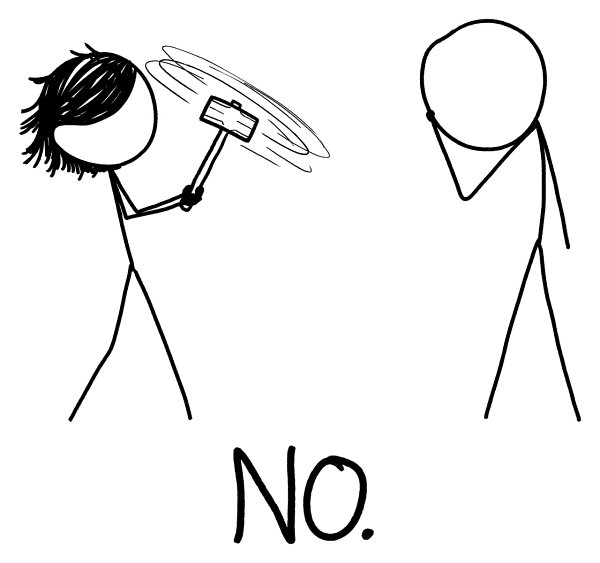
Q.
If you saved a whole life’s worth of kissing and used all that suction power on one single kiss, how much suction force would that single kiss have?
—Jonatan Lindström
Q.
How many nuclear missiles would have to be launched at the United States to turn it into a complete wasteland?
—Anonymous
Self-Fertilization
Q.
I read about some researchers who were trying to produce sperm from bone marrow stem cells. If a woman were to have sperm cells made from her own stem cells and impregnate herself, what would be her relationship to her daughter?
—R Scott LaMorte
A.
To make a human,
you need to put together two sets of
DNA
.
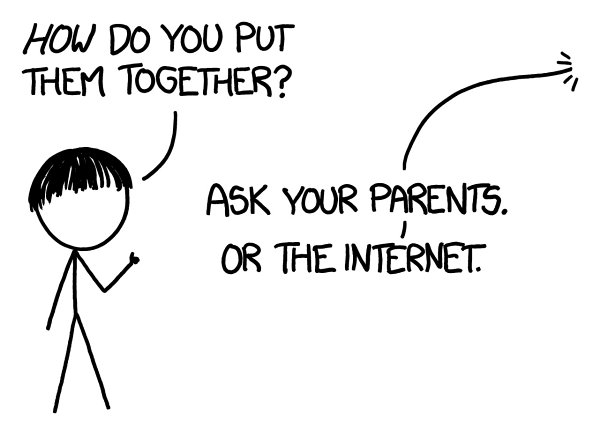
In humans, these two sets are held in a sperm cell and an egg cell, each of which holds a random sample of the parents’
DNA
. (More on how that randomization works in a moment.) In humans, these cells are from two different people. However, that doesn’t necessarily have to be the case. Stem cells, which can form any type of tissue, could in principle be used to produce sperm (or
eggs).
So far, nobody has been able to produce complete sperm from stem cells. In 2007, a group of researchers succeeded in turning bone marrow stem cells into spermatogonial stem cells.
Th
ese cells are the predecessors to sperm.
Th
e researchers couldn’t get the cells to fully develop into sperm, but it was a step. In 2009, the same group published a paper that seemed to claim they’d made
the final step and produced functioning sperm cells.
Th
ere were two problems.
First, they didn’t actually
say
they had produced sperm cells.
Th
ey said they produced sperm-
like
cells, but the media generally glossed over this. Second, the paper was retracted by the journal that published it. It turns out the authors had plagiarized two paragraphs of their article from another paper.
Despite these problems, the fundamental idea here is not that far-fetched, and the answer to R. Scott’s question turns out to be a little bit unsettling.
Keeping track of the flow of genetic information can be pretty tricky. To help illustrate it, let’s take a look at a highly simplified model that may be familiar to fans of role-playing games.
Chromosomes: D&D edition
Human
DNA
is organized into 23 segments, called
chromosomes,
and each person has two versions of each chromosome
—
one from their mother and one from their father.
In our simplified version of
DNA
, instead of 23 chromosomes, there will be just seven. In humans, each chromosome contains a huge amount of genetic code, but in our model each chromosome will control only one thing.
We’ll use a version
of of D&D’s “d20” system of character stats in which each piece of DNA contains seven chromosomes:

Six of these are the classic character stats from role-playing games: strength, constitution, dexterity, charisma, wisdom, and intelligence.
Th
e last one is the sex-determining chromosome.
Here’s an example
DNA
“strand”:

In our model, each chromosome contains one piece of information.
Th
is piece of information is either a stat (a number, usually between 1 and 18) or a multiplier.
Th
e last one,
SEX
, is the sex-determining chromosome, which, as with real human genetics, can be “X” or “Y.”
Just like in real life, each person has two sets of chromosomes
—
one from their mother and one from their
father. Imagine that your genes looked like this:
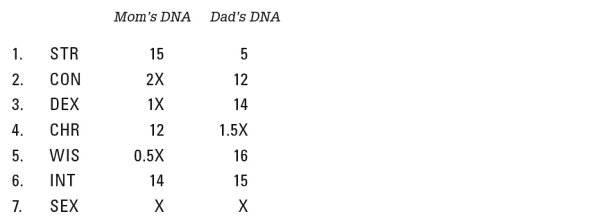
Th
e combination of these two sets of stats determines a person’s characteristics. Here’s the simple rule for combining stats in our system:
If you have a
number for both versions of a chromosome,
you get the bigger number as your stat. If you have a
number on one chromosome and a multiplier on the other,
your stat is the number times the multiplier. If you have a
multiplier
on both sides,
you get a stat of 1.
1
Here’s how our hypothetical character from earlier would turn out:
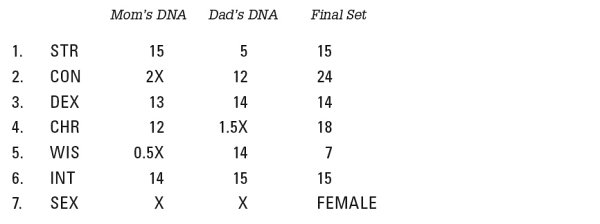
When one parent contributes a multiplier and the other contributes a number, the result can be very good!
Th
is character’s constitution is a superhuman 24. In fact, other than a low score in wisdom, this character has great stats all around.
Now, let’s say this character (call her “Alice”) meets someone else (“Bob”):
Bob also has stellar stats:
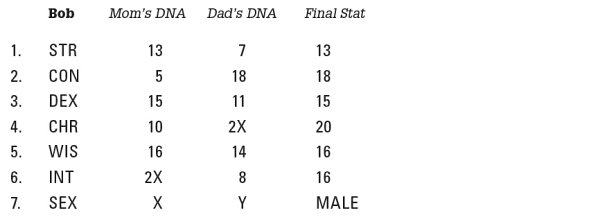
If they have a child, each one will contribute a strand of DNA. But the strand they contribute will be a random mix of their mother and father strands. Every sperm cell
—
and every egg cell
—
contains a random combination of chromosomes from each strand. So let’s say Bob and Alice make the following sperm and egg:

If these sperm and egg combine, the child’s stats will look like this:
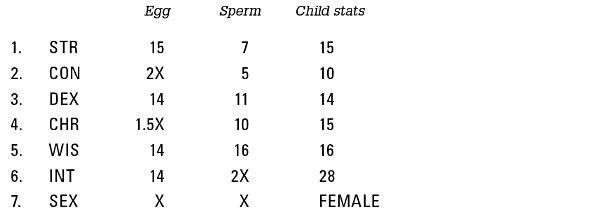
Alice has her mother’s strength and her father’s wisdom. She also has superhuman intelligence, thanks to the very good 14 contributed by Alice and the multiplier contributed by Bob. Her constitution, on the other hand, is much weaker than either of her parents, since her mother’s 2x multiplier could only do so much with the “5” contributed by her father.
Alice and Bob
both
had a multiplier on their paternal “charisma” chromosome. Since two multipliers together result in a stat of 1, if Alice and Bob had both contributed their multiplier, the child would have a rock-bottom CHR. Fortunately, the odds of this happening were only 1 in 4.
If the child had multipliers on both strands, the stat would have been reduced to 1. Fortunately, since multipliers are relatively
rare, the odds of them lining up in two random people are low.
Now let’s look at what would happen if Alice had a child with herself.
First, she’d produce a pair of sex cells, which would run the random selection process twice:
